Southwestern South Dakota — a place I had never visited and frankly never even considered as a vacation destination — has a dense concentration of places we have loved. Were it not for the thought of subzero winter conditions, I think Ken would be ready to move here in a heartbeat. After our awesome five days in the Badlands, we moved less than 100 miles west into the Black Hills to explore a completely different landscape filled with notable destinations.
Needles Highway and Iron Mountain Road
We knew we had to visit Mount Rushmore. We know what it looks like, we’ve seen countless images of it, and it’s just crawling with tourists. Still, we couldn’t fail to visit during our time in the Black Hills. We made the best of this situation by taking the extremely scenic route to get from our campground to Mount Rushmore. Our drive up the Needles Highway and Iron Mountain Road could not have been a better introduction to the area and to the monument. These sections of the Peter Norbeck Memorial Byway — named in honor of the multi-talented governor who secured federal funding to create Mount Rushmore and also personally laid out these scenic roadways — are designed to showcase both the landscape of the Black Hills and Mount Rushmore. There are several tunnels bored through jutting rocks that dramatically frame the carved presidents in the distance. The high mountain roads offer breathtaking views of the Black Hills and peek-a-boo views of the carving, building a sense of anticipation in the approach to Mount Rushmore.
Of course, these winding roads are also narrow with steep dropoffs, and feature hairpin turns, low and narrow tunnels, unique road configurations like “pigtail bridges” and several sections where the two lanes of the road are separated into two thin ribbons of asphalt about 10-20 yards apart for no apparent reason. We weren’t even sure how to interpret some of the road signs until we were on top of the new traffic patterns. I’m glad we hit the road around 7 a.m. and could crawl along at our own pace; I would not want to be on these roads with a lot of other traffic. Ken did an outstanding job of getting us through in one piece. Fortunately the roads also have plenty of pull-offs and viewpoints so he could enjoy the views without risking driving us off a cliff.
Mount Rushmore
Our early morning drive brought us to Mount Rushmore National Memorial at 8:45 a.m., and it was already starting to get busy when we arrived (or so it seemed at the time). All four lanes through the ticket booths to enter the parking garage were open and buzzing with activity. The walkway up to the carving was full of people identifying their state flags and taking photos of themselves and their friends and family in various poses in front of the carving.
We stuck to our usual routine of watching the introductory video and reading all of the interpretive information in the visitor center. The most interesting aspect of the sculpture was the technical difficulty of creating such a large work. Dynamite became the sculptor’s main tool, and there was a lot of careful calculation involved in scaling up the final model to the full size carving. We enjoyed seeing the various early models showing how the vision for the work evolved, and also learning how the sculptor Gutzon Borglum dealt with unexpected issues within the mountain like cracks and crevices. Solution: rotate a head ever so slightly to avoid the problematic area.
I was a little surprised to learn that the whole point of this massive endeavor, which took 14 years to construct, was to create a “largest ball of twine” type attraction that would draw visitors to the Black Hills. The sculptor and the project backers were intrigued by the idea of making something huge and unusual that would drive tourism in the area. Honoring great presidents was a secondary goal, at best.
While the interpretive information was interesting, I didn’t love the relentless rah-rah boosterism that permeated the whole thing. Many of the NPS sites that we’ve visited take a nuanced approach to their subject matter, acknowledging that a win or achievement for one group or person might be a loss for others. Mount Rushmore didn’t really discuss any of the issues or objections to the monument.
For example, there was no critical discussion of how the four presidents were chosen. There was a lot of positive interpretation — telling me why these four were great — but no analysis of why other potential candidates were rejected. Also, why four? In my personal pantheon of great presidents, Lincoln and Washington are clearly the top two. Jefferson, especially the young Jefferson who authored the Declaration of Independence, is also in the top tier despite his problematic personal life. But I would personally rank several figures above Teddy Roosevelt in terms of importance to American history and ideals. I am a fan of the Panama Canal and all the conservation work of the TR administration, but I probably would have limited the sculpture to Washington, Jefferson, and Lincoln.
Perhaps not surprisingly, the interpretive materials also did not focus on the fact that the sculptor was a raging nativist and senior member of the Ku Klux Klan, which is why his previous project was the KKK-sponsored monumental bas relief on Stone Mountain, Georgia. Another missing element was the controversy over the carving of the mountains themselves. The Black Hills are sacred to the Lakota Sioux, and blasting away the mountain to place giant faces in the rock was considered a desecration by many Native Americans. None of these topics were really examined, but I guess it would have been too much of a downer for something that is basically a Chamber of Commerce enterprise.
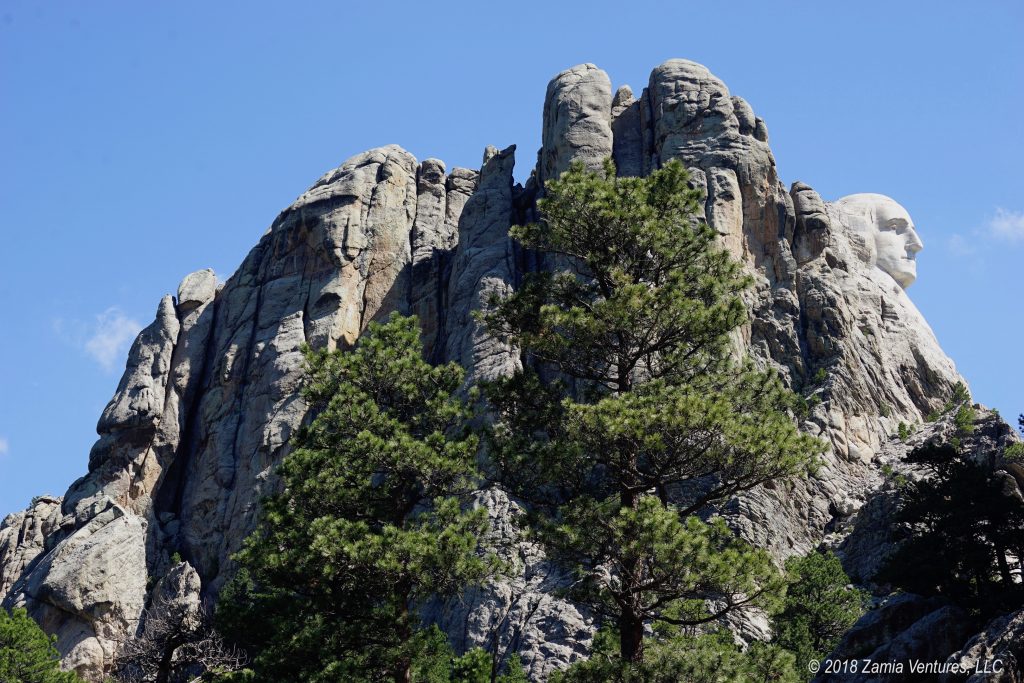
By the time we pulled out, there was a line of cars parked down the highway waiting to get through the ticket booths and park. The traffic looked like the New Jersey Turnpike at rush hour. We got out of there just in time! The original goal of creating a massive and lucrative tourist trap has officially been achieved.
Crazy Horse Memorial
Just a few miles down the road from Mount Rushmore is yet another monumental sculpture that is in the process of being carved out of the protruding granite of the Black Hills. The Crazy Horse Memorial has been under construction since 1948 — 70 years!! — and all that has been completed to date is the face. When/if completed, it will become the world’s largest sculpture at 641 feet high. The slow progress as compared to Mount Rushmore is not just a function of the size of the carving, but mostly results from poor project management and failure to delegate by the sculptor Korczak Ziolkowski.
As detailed by the introductory film, Ziolkowski basically spent years working the site alone, even though he was previously an assistant on Mount Rushmore and had seen its operation of up to 400 workers. Ziolkowski twice turned down millions of dollars of federal funds to complete the project because it might mean losing some element of control over the project. Instead, he raised the costs of construction by having his wife charge people 75 cents to visit their home/workshop and observe the work in progress. When Ziolkowski finally started using assistants on the project, it was some of the ten children he and his wife reared on the site. Note to sculptor: there are ways to obtain workers other than breeding them yourself. The project is still a family business, with one of the daughters serving as CEO of the foundation and several grandsons leading the ongoing carving operations.
The most interesting part of this attraction was its extensive collection of Native American decorative work, which was mostly shoes, clothes, bags, and baskets made with beads or quills. Objects included materials from native cultures as far away as Alaska and Central America. However, a lot of the materials were undated and/or modern reproductions, and they were presented in groupings based on the collector who donated the objects rather than tribe or geography, so it was a little difficult to determine how it all related.
Unsurprisingly, the materials presented did not delve at all into the controversies around this site. The memorial to Crazy Horse, the leader who helped achieve the Sioux victory in the Battle of the Little Big Horn, was promoted by certain Sioux elders who wanted to offer an alternative to Mount Rushmore showing that Native Americans “ha[ve] great heroes, too.” Not mentioned is the fact that many other Lakota, including members of Crazy Horse’s own family, objected to the further desecration of the Black Hills. Even weirder, the intro video told us, without elaboration, that there are no known photos of Crazy Horse because Crazy Horse didn’t want his photo taken out of concern that it would “imprison his soul.” I can only imagine what the real Crazy Horse would have thought of this monstrous likeness.
Jewel Cave
The Black Hills have a geological composition that’s perfect for formation of caves: soft limestone layers sheltered by a roof of harder sandstone. As a result, the area is home to two of the world’s five largest cave systems, Jewel Cave and Wind Cave, and both are federally-preserved sites. First up on our agenda was Jewel Cave National Monument, the third-largest cave system in the world with around 200 miles of known interconnected passageways.
The caves of the Black Hills are different in several important respects from the only other cave we have visited before, Mammoth Cave in Kentucky. One is that after the soft limestone was eroded away to form the caves, the caves then spent millions of year filled with water. Calcite precipitated out of the water to form decorative crystals and other formations on the walls. The underwater process affected all the surfaces, not just a few areas where slow-dripping water could form stalactites and stalagmites. In another major contrast, Mammoth Cave is very much a living cave, with large populations of bats, salamanders, shrimp, and more. Only the very small area around the natural opening to Jewel Cave hosts a bat population, while the vast majority of the cave has been preserved underground in lifeless suspense.
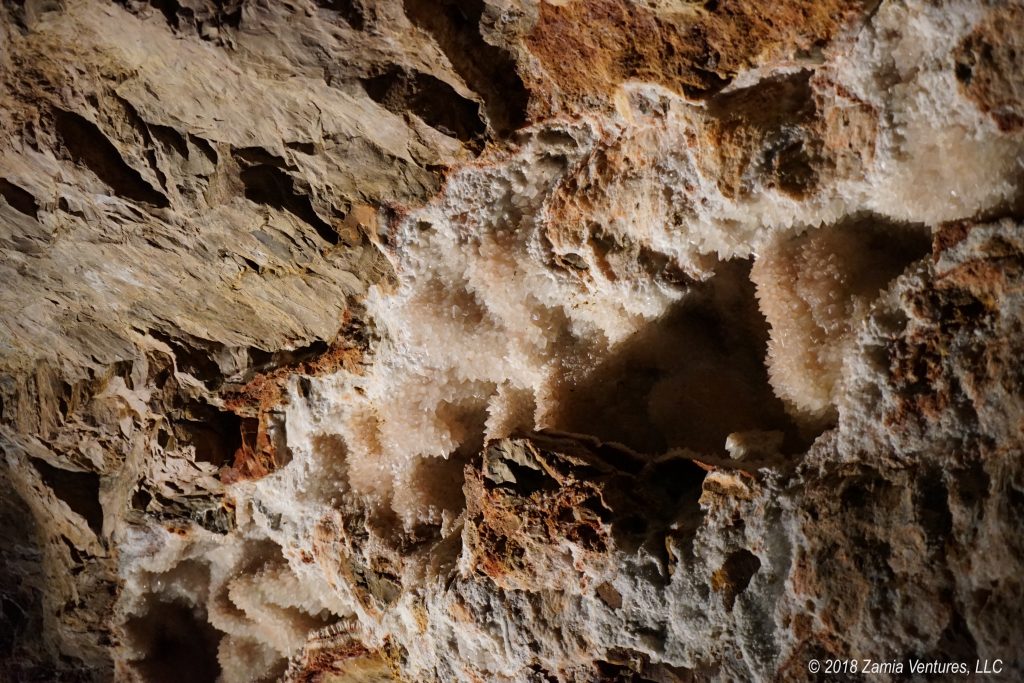
One result of the absence of life in the cave is that visitors to Jewel Cave enjoy a much less treacherous experience. Walkways and viewing platforms are wide, and handrails are plentiful. The cave tours go through areas that are well-lit, using natural colors instead of the red light that prevails at Mammoth. The only downside is that I don’t get to use the term “apocalyptic hellscape” in my description.
The 1.5 hours we spent on the ranger-led Scenic Tour gave us plenty of opportunity to view the crystalline formations clinging to all the surfaces, including some that have been overlaid by later limestone deposits left by dripping water after the caves had drained out. Knowing just how long it takes for dripping water to turn into rock, it was hard to conceptualize the epic time frames involved in the creation of the flowing forms that overlaid and enveloped older layers of crystals.
One of the most interesting aspects of Jewel Cave was the role played by local residents and adventurers Herb and Jan Conn. This incredible couple embraced a life of minimalism very early, working just enough to sustain the cost of their outdoor adventures. In the 1940s and 1950s, using equipment that would be barely recognizable today as rock-climbing gear, they achieved numerous first ascents on rock faces around the country. They settled down in the Black Hills to enjoy the spectacular climbing opportunities, performing over 200 first ascents on the rugged granite outcroppings in the area and writing a seminal climbing guide. Then, as if they hadn’t already done enough, they volunteered for two decades exploring the lower reaches of Jewel Cave, mapping over 60 miles of previously-unexplored cave. The Conns discovered the rooms and passages that became the route for the Scenic Tour, and Herb even designed the lighting and electrical system for the route. Wow! This couple should be celebrated for their contribution to Black Hills tourism at least as much as the folks spending years dynamiting the mountains to make sculptures of questionable merit.
In the next installment of the blog, we finally figured out how to get away from the crowds, and we were blown away by the natural beauty of the Black Hills.
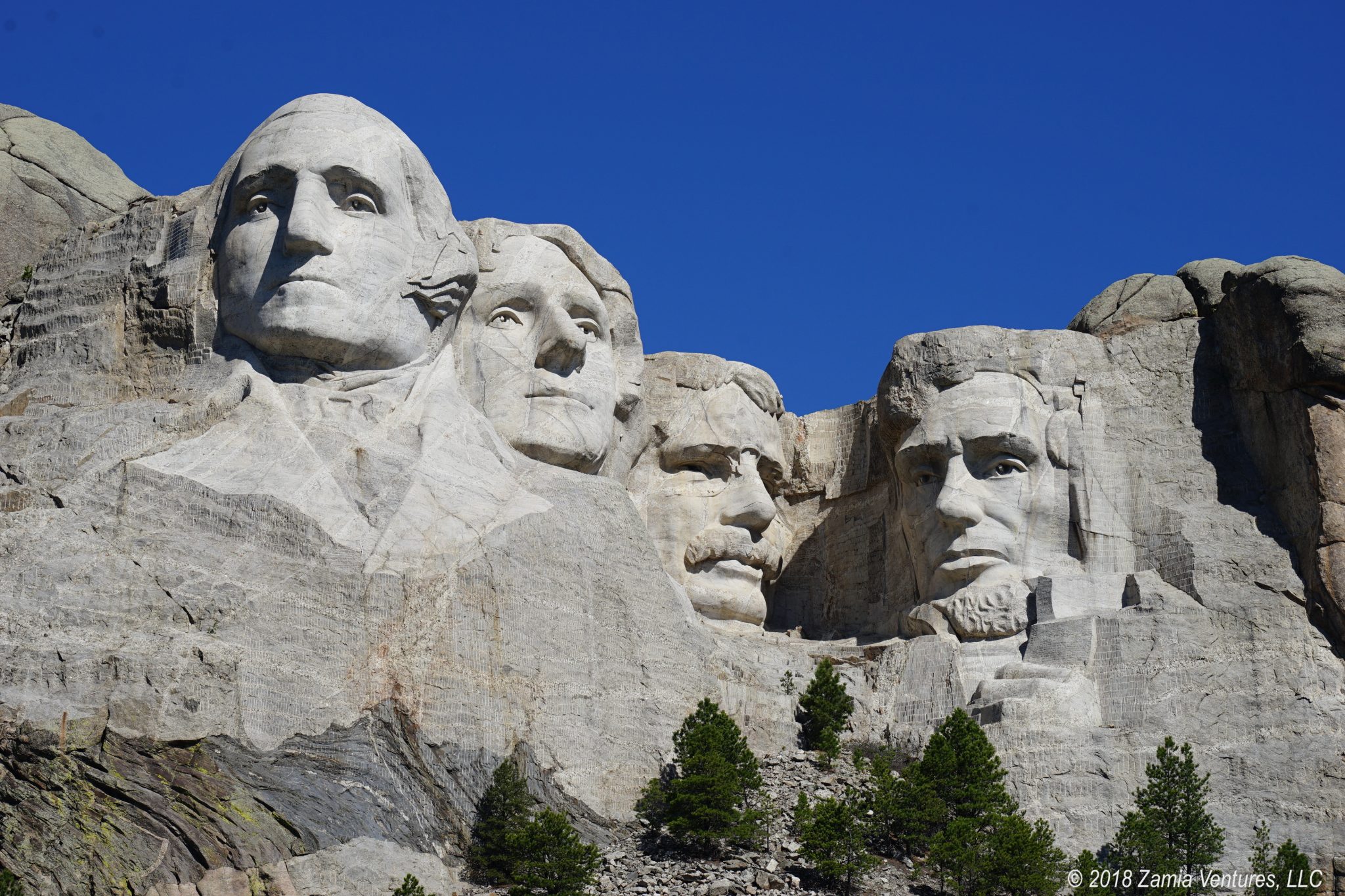
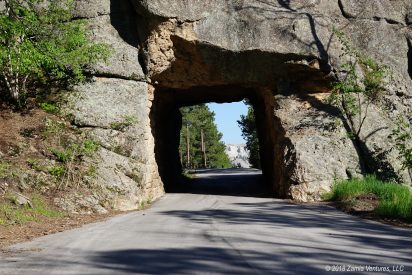
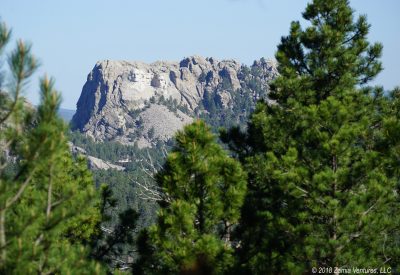
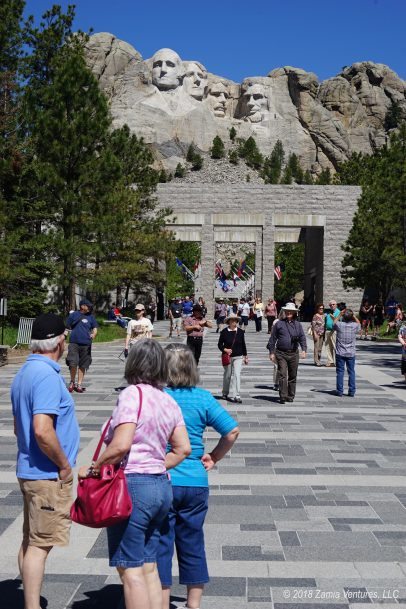
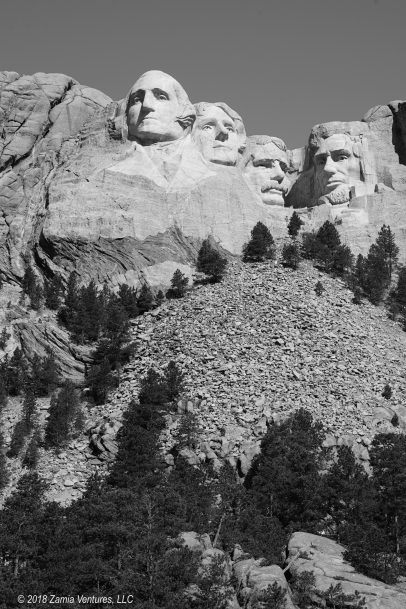
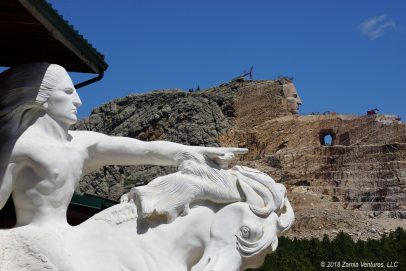
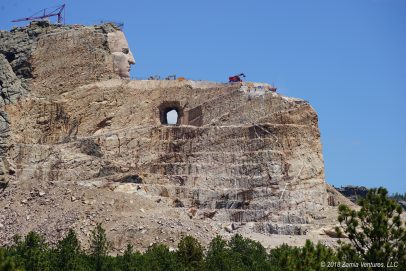
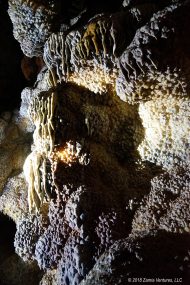
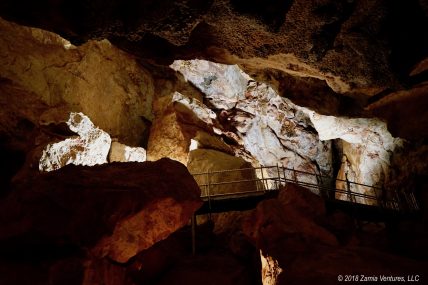
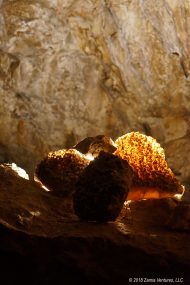
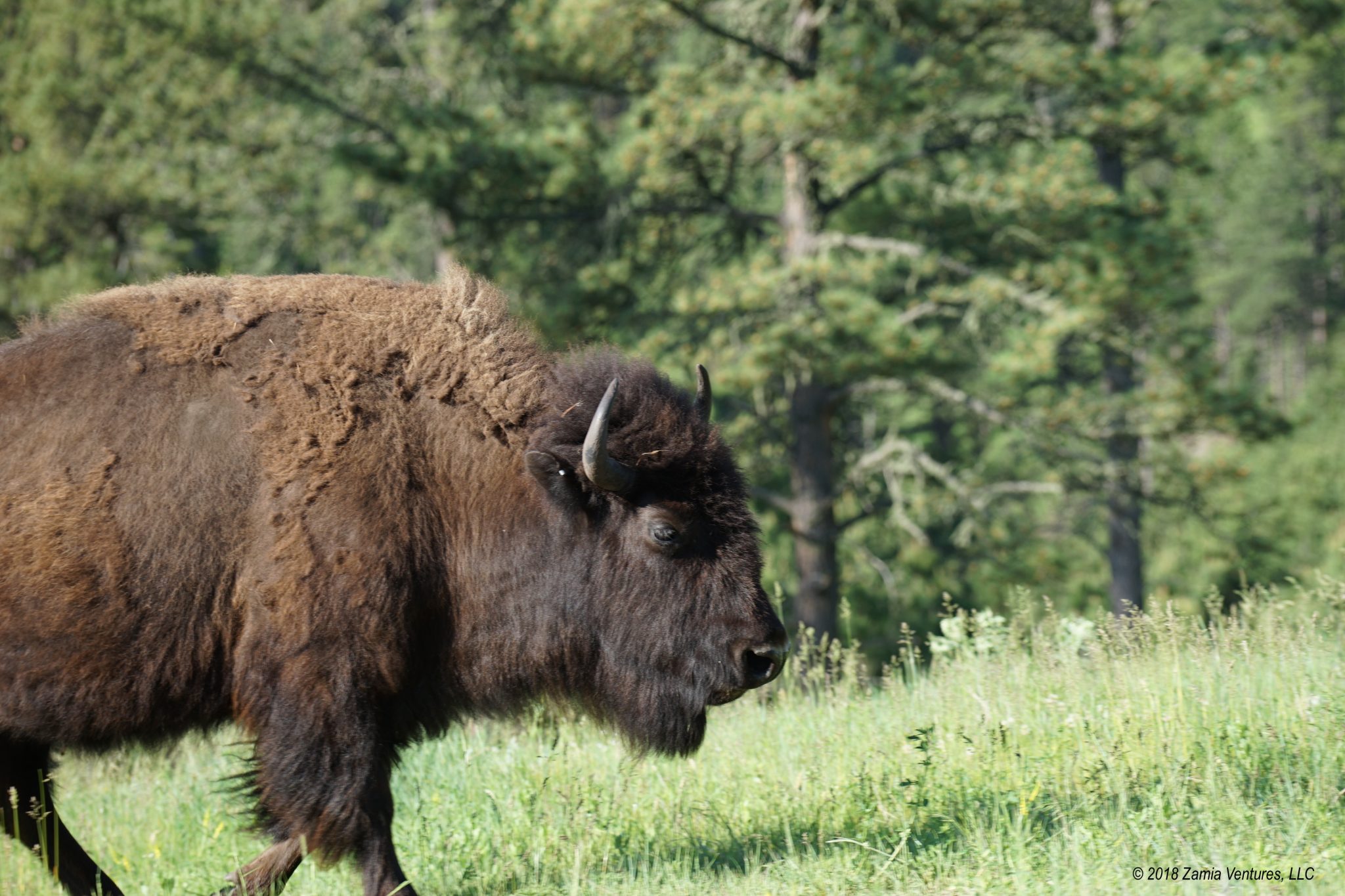
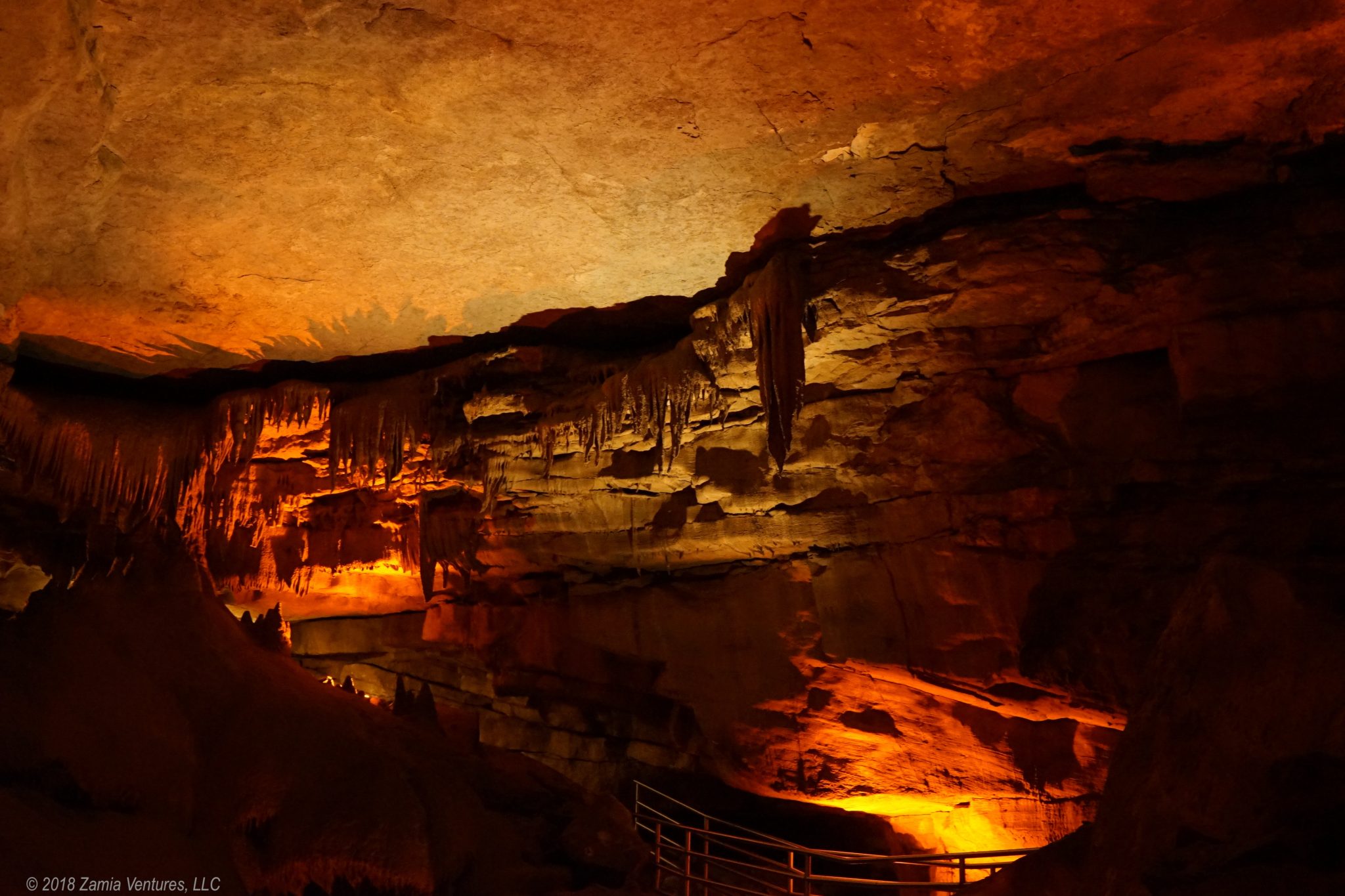
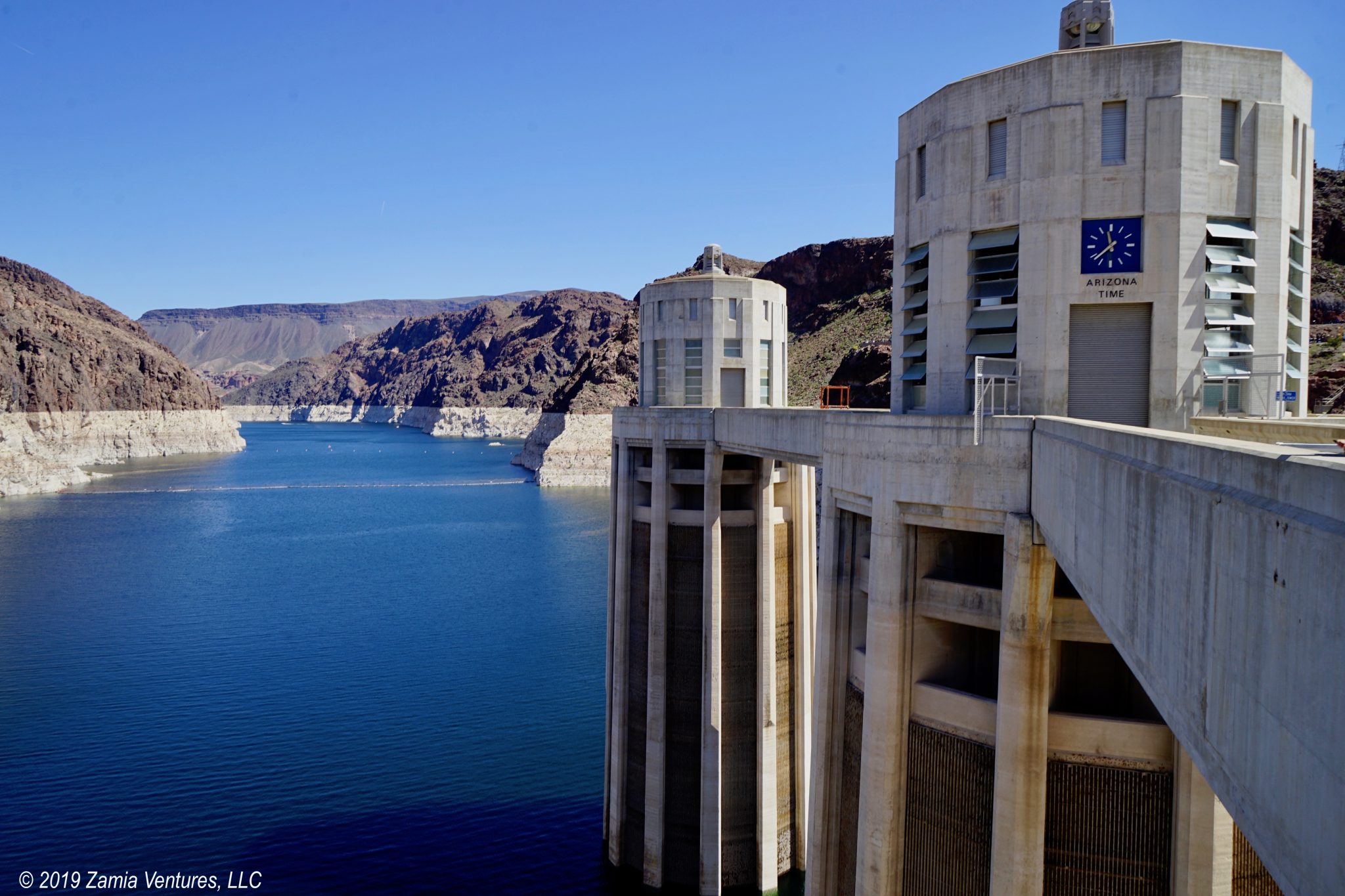
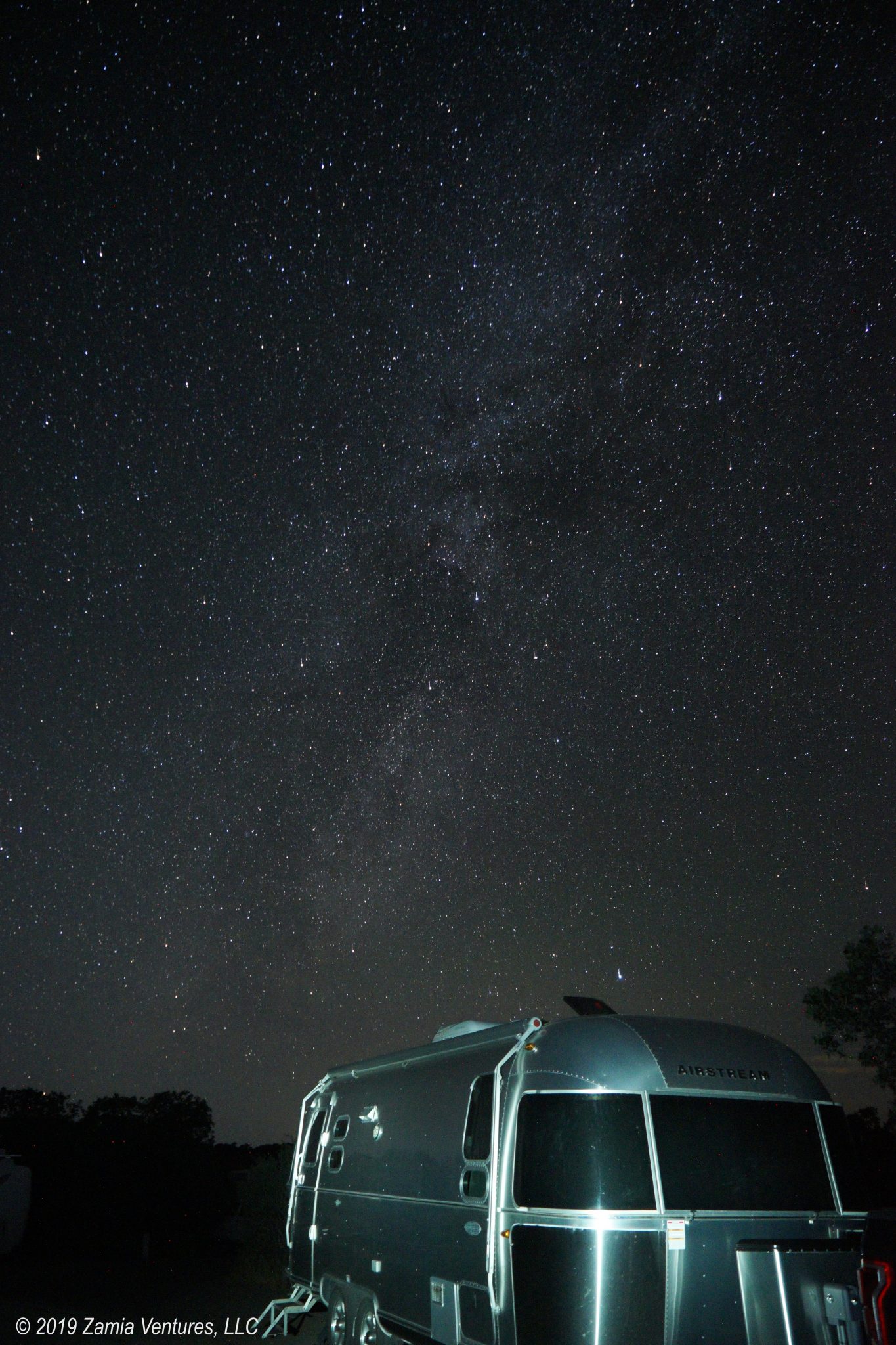
2 thoughts on “Mandatory Visits in the Black Hills”